Variations on a cantus firmus in C Major for Organ Op. 4
Details
Description
SKU: S0.429245
Composed by Steven Monrotus. Contemporary Classical,Repertoire,General Instructional,Recital. Score. 14 pages. Published by Steven Monrotus (S0.429245).This work, by lacking an obligatory pedal part, is entirely playable on a one manual pipe organ without pedals, an electronic keyboard with pipe organ samples, a reed organ (harmonium), or even a piano. This work is geared primarily as effective recital and lesson material, although at special times it could also work as an extended prelude in the worship service. This is a big piece which, concerning the dedicatee, consists not surprisingly of a Baker's dozen (13) variations on a cantus firmus (c.f.), or fixed melody, preceded by a fanfare-like introduction. The c.f. is marked by a characteristic upward leap of a major 6th in its melodic outline. This work is non-modulating through the first 10 of its variations, the first 2 of which are 2-part canons at the octave which take turns switching out the follower and leader in 4 voice texture. Seven more rhythmic variations follow, the 5th and 6th of which have the c.f. dissolving into figuration. During these 7 variations the texture thins down to 3 voices, then 2 voices, and returns again to 3 and 4 voices. The 10 variation thins again to 3 voices and presents another 2-part canon at the octave, only this time the c.f. and its inverse are follower and leader, respectively. After this tricky procedure the 11th variation continues in 3 voices and presents the c.f. in inverse movement in the right hand against a series of running notes in the left hand. Here the c.f. is separated into 2 halves harmonically, with the 1st half in the home key and the 2nd half in the parallel minor. The 12th variation, a 4 voice fugato which introduces a companion subject, reintroduces the home key and treats 3 countersubjects in quadruple counterpoint, the 1st countersubject of which is the inverted c.f. Following a convention exposition in tonic/dominant, the music proceeds through a redundant (5th) entry, then 2 additional entries in the home key before modulating to an entry in the subdominant. Everything then comes to a complete stop on a big Neapolitan 6th chord. The final (13th) variation then harmonizes the c.f. in 4 voices using chromatic planing in the parallel key. The coda, regaining energy with a return to the subdominant, reiterates not the c.f. as expected but the companion subject in imitation over the full power of the organ. The work ends with a sudden turn to the home key and repeated, crushing C Major chords in 7 voices under an inverted pedal point, exploiting to the fullest the downward sonorities of the instrument. This work has much to offer the listener and performer and is a real opportunity to display one's executive abilities and imagination with the color possibilities of the instrument at hand. It would be handy to have a larger work like this in the playable repertoire, especially when performing on a fine, historic one manual pipe organ. In this work the stretch for the hands is kept at an octave or less. Registration suggestions along with indications for hand division are included with the score. Length: 266 measures. Duration: 8:04 . Composer Bio page: OrganBench.com .
Digital Downloads are downloadable sheet music files that can be viewed directly on your computer, tablet or mobile device. Once you download your digital sheet music, you can view and print it at home, school, or anywhere you want to make music, and you don’t have to be connected to the internet. Just purchase, download and play!
PLEASE NOTE: Your Digital Download will have a watermark at the bottom of each page that will include your name, purchase date and number of copies purchased. You are only authorized to print the number of copies that you have purchased. You may not digitally distribute or print more copies than purchased for use (i.e., you may not print or digitally distribute individual copies to friends or students).
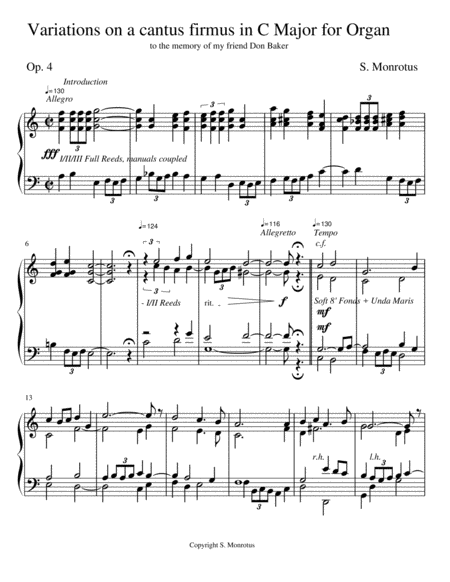
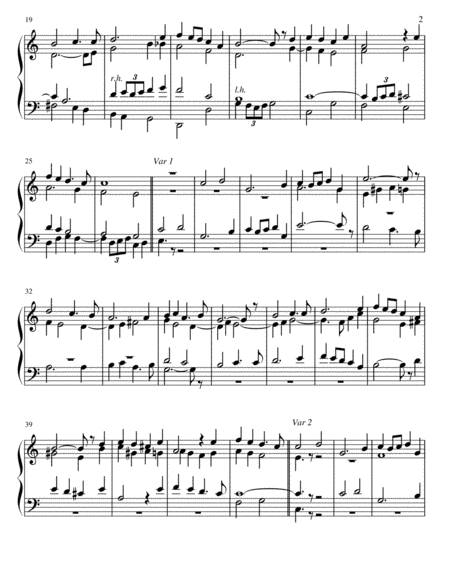
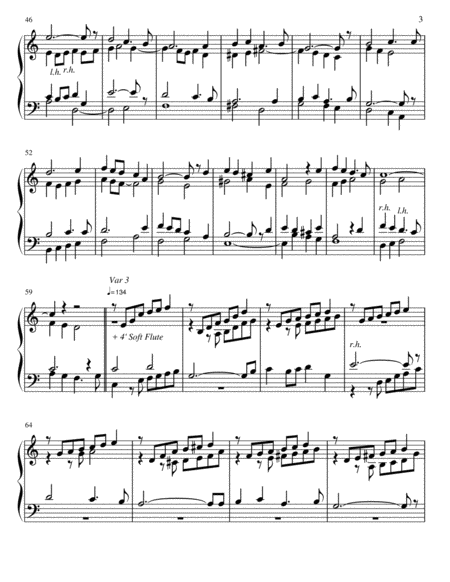
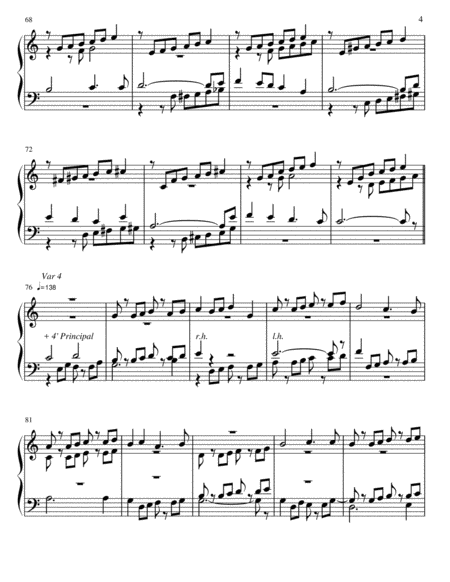
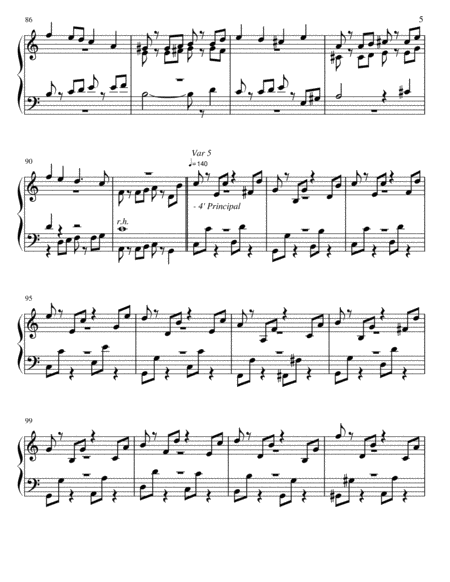
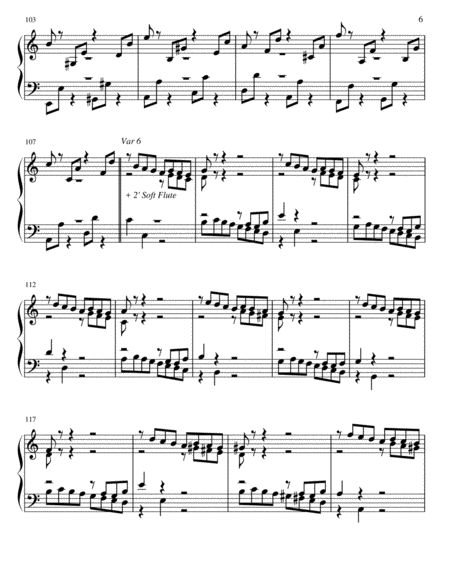
 Share
Share